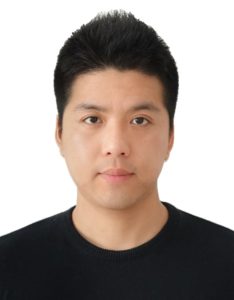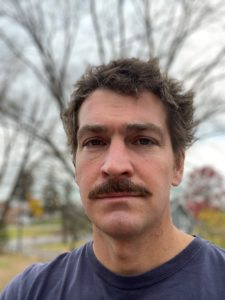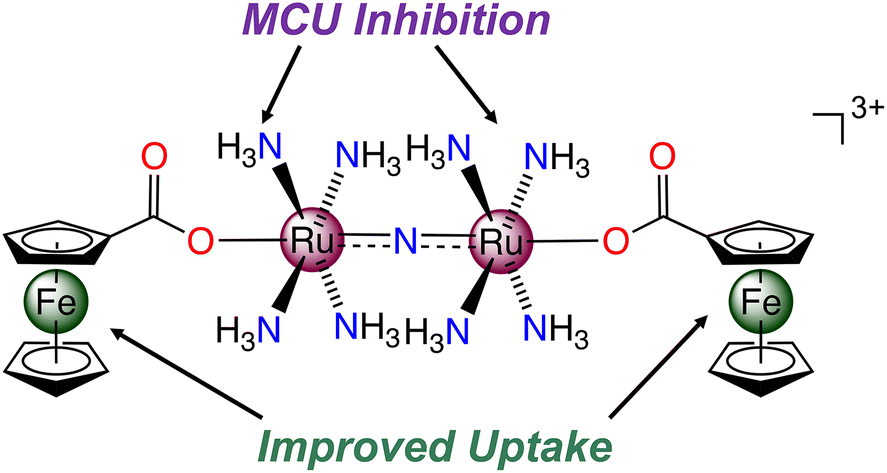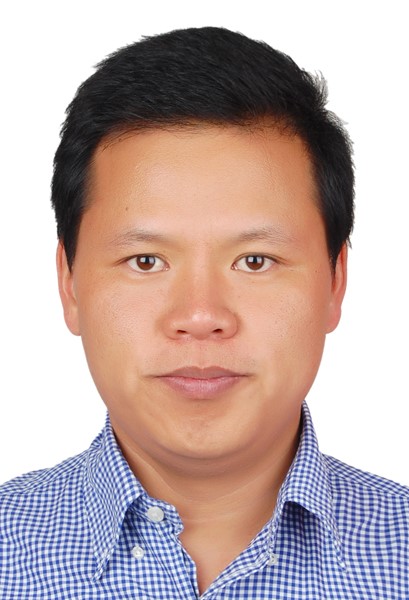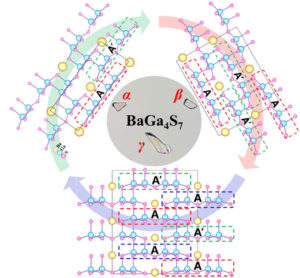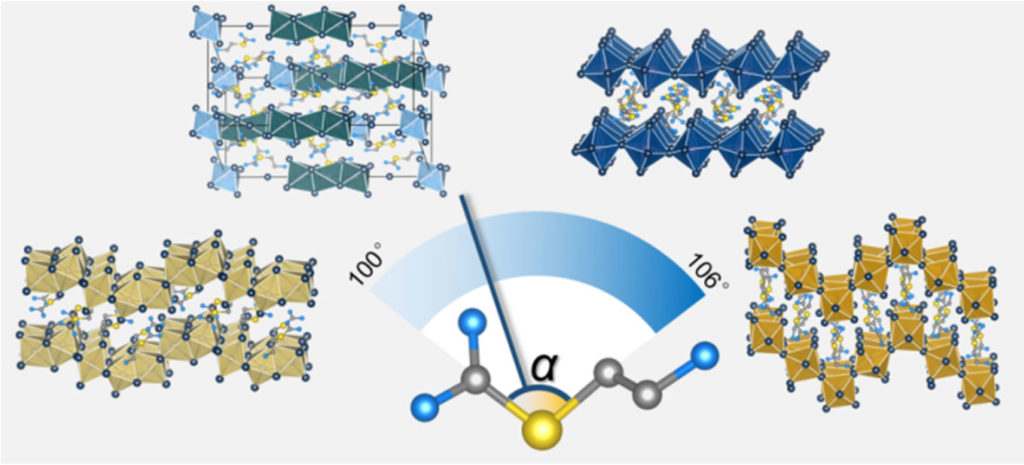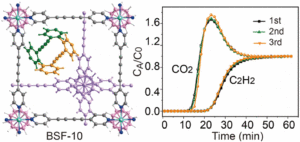Emerging Investigator: Jian Lin
Read Jian Lin’s Emerging Investigator Series article in Inorganic Chemistry Frontiers and learn more about him.
| Topological control of metal–organic frameworks toward highly sensitive and selective detection of chromate and dichromate | ||
| Zi-Jian Li, Yu Ju, Xiao-Ling Wu, Xiaoyun Li, Jie Qiu, Yongxin Li, Zhi-Hui Zhang, Ming-Yang He, Linjuan Zhang, Jian-Qiang Wang and Jian Lin* | ||
|
|
A synthetic modulation approach has given rise to two topologically distinct thorium-based MOFs, whose polymorphism allows for elucidating how the structure of MOF, in isolation, influences the sensing efficacy of Cr(VI) oxyanions. |
|
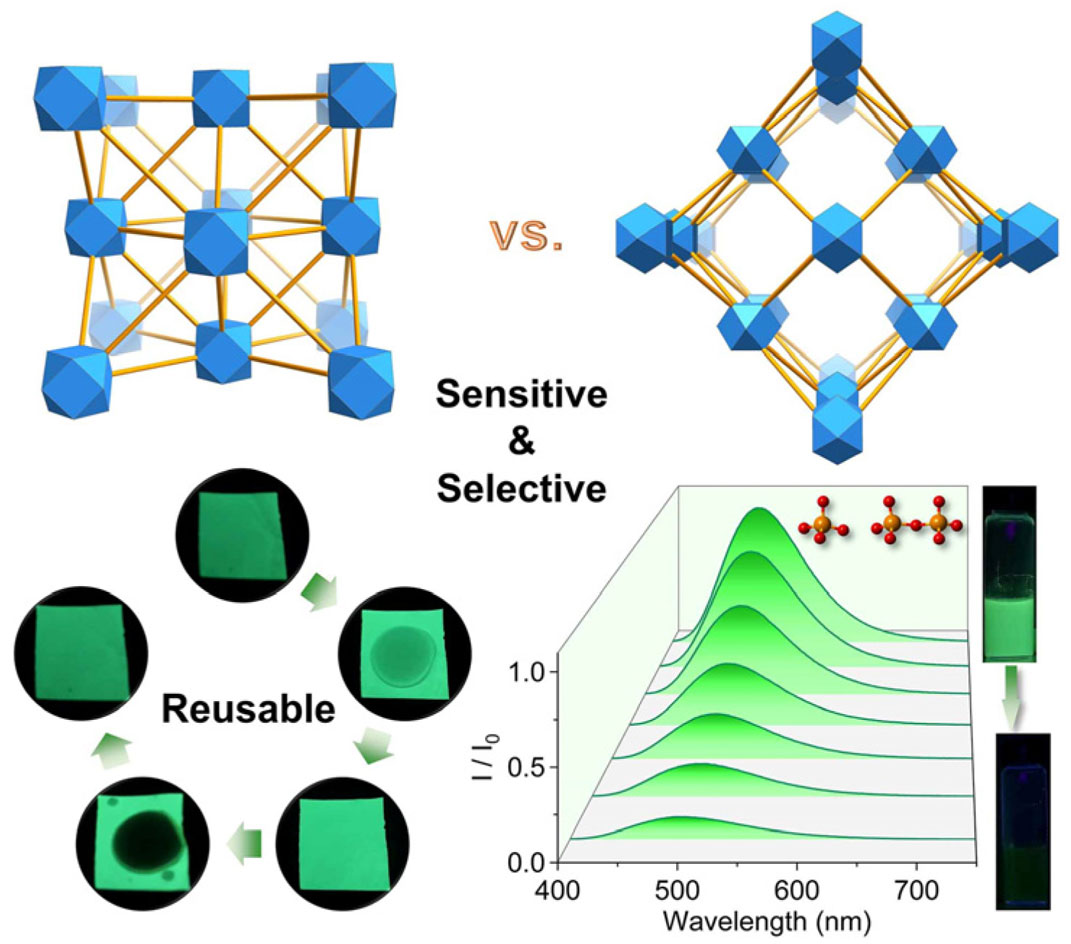 |
||
| From the themed collection: Frontiers Emerging Investigator Series | ||
| The article was first published on 04 Jan 2023 | ||
| Inorg. Chem. Front., 2023, 10, 1721-1730 | ||
| https://doi.org/10.1039/D2QI02631G | ||
My research interests
| Key words: actinide, inorganic chemistry, coordination chemistry, radiochemistry, nuclear science |
| My research interests mainly focus on developing new synthetic strategies to access crystalline materials, including metal–organic frameworks and clusters, for potential applications in ionizing radiation detection, radionuclide separation, and chemosensing. |
10 Facts about me
| I published my first academic article in Inorganic Chemistry when I was a graduate student in Prof. Thomas Albrecht-Schoenzart’s group.
An accomplishment I’m particularly proud of is our work of thorium-based nanoclusters, which show photochromism, fluorochromism, and piezochromism. I am most passionate about my work in actinide chemistry because actinides are the most fascinating elements in the periodic table. I advise my students to work smart, not just hard. One of my hidden talents is making crystals. If I were not a chemist, I would probably be a photographer. My favourite sport is basketball and Yao Ming is my favourite basketball player. One thing I cannot live without is my daughter, who has a beautiful and infectious laugh. My passion besides work is travel and my best travel experience was in New Zealand. My favourite inspirational quote: “It’s not who you are underneath but what you do that defines you.” |



